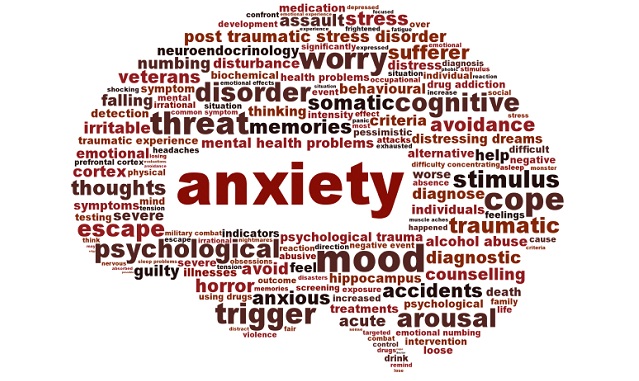Experimental studies have revealed that neonicotinoids pose potential risks for the nervous systems of non-target species, but the brain regions responsible for their behavioral effects remain incompletely understood. This study aimed to assess the neurobehavioral effects of clothianidin (CTD), a later neonicotinoid developed in 2001 and widely used worldwide, and to explore the target regions of neonicotinoids in the mammalian brain. A single-administration of 5 or 50 mg/kg CTD to male C57BL/6N mice at or below the no-observed-adverse-effect level (NOAEL) induced an acute increase in anxiety during the elevated plus-maze test. In addition, mice in the CTD-administered group spontaneously emitted human-audible vocalizations (4–16 kHz), which are behavioral signs of aversive emotions, and showed increased numbers of c-fos immunoreactive cells in the paraventricular thalamic nucleus and dentate gyrus of the hippocampus. In conclusion, mice exposed to NOAEL-dose CTD would be rendered vulnerable to a novel environment via the activation of thalamic and hippocampal regions related to stress responses. These findings should provide critical insight into the neurobehavioral effects of neonicotinoids on mammals.
Source: Hirano T. et al. (2018). Toxicology Letters 282: 57-63
https://www.sciencedirect.com/science/article/pii/S0378427417314224

- Login om te reageren
